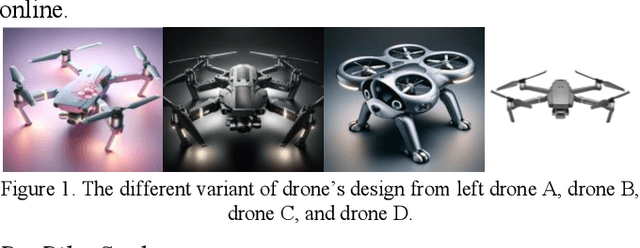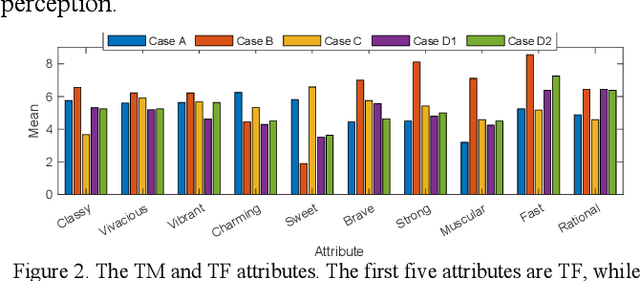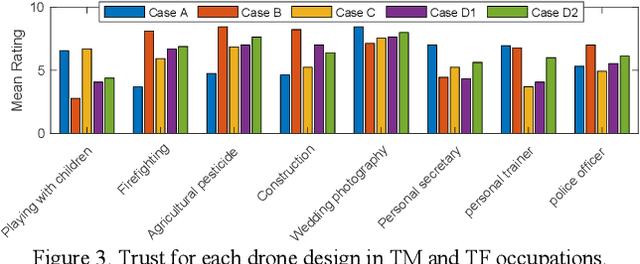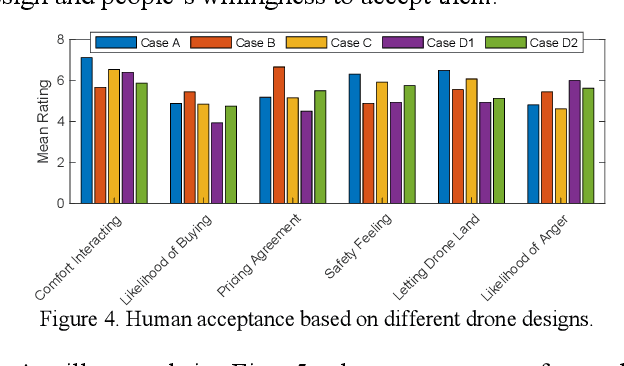Human-Centric Aware UAV Trajectory Planning in Search and Rescue Missions Employing Multi-Objective Reinforcement Learning with AHP and Similarity-Based Experience Replay
Paper and Code
Feb 28, 2024



The integration of Unmanned Aerial Vehicles (UAVs) into Search and Rescue (SAR) missions presents a promising avenue for enhancing operational efficiency and effectiveness. However, the success of these missions is not solely dependent on the technical capabilities of the drones but also on their acceptance and interaction with humans on the ground. This paper explores the effect of human-centric factor in UAV trajectory planning for SAR missions. We introduce a novel approach based on the reinforcement learning augmented with Analytic Hierarchy Process and novel similarity-based experience replay to optimize UAV trajectories, balancing operational objectives with human comfort and safety considerations. Additionally, through a comprehensive survey, we investigate the impact of gender cues and anthropomorphism in UAV design on public acceptance and trust, revealing significant implications for drone interaction strategies in SAR. Our contributions include (1) a reinforcement learning framework for UAV trajectory planning that dynamically integrates multi-objective considerations, (2) an analysis of human perceptions towards gendered and anthropomorphized drones in SAR contexts, and (3) the application of similarity-based experience replay for enhanced learning efficiency in complex SAR scenarios. The findings offer valuable insights into designing UAV systems that are not only technically proficient but also aligned with human-centric values.
 Add to Chrome
Add to Chrome Add to Firefox
Add to Firefox Add to Edge
Add to Edge